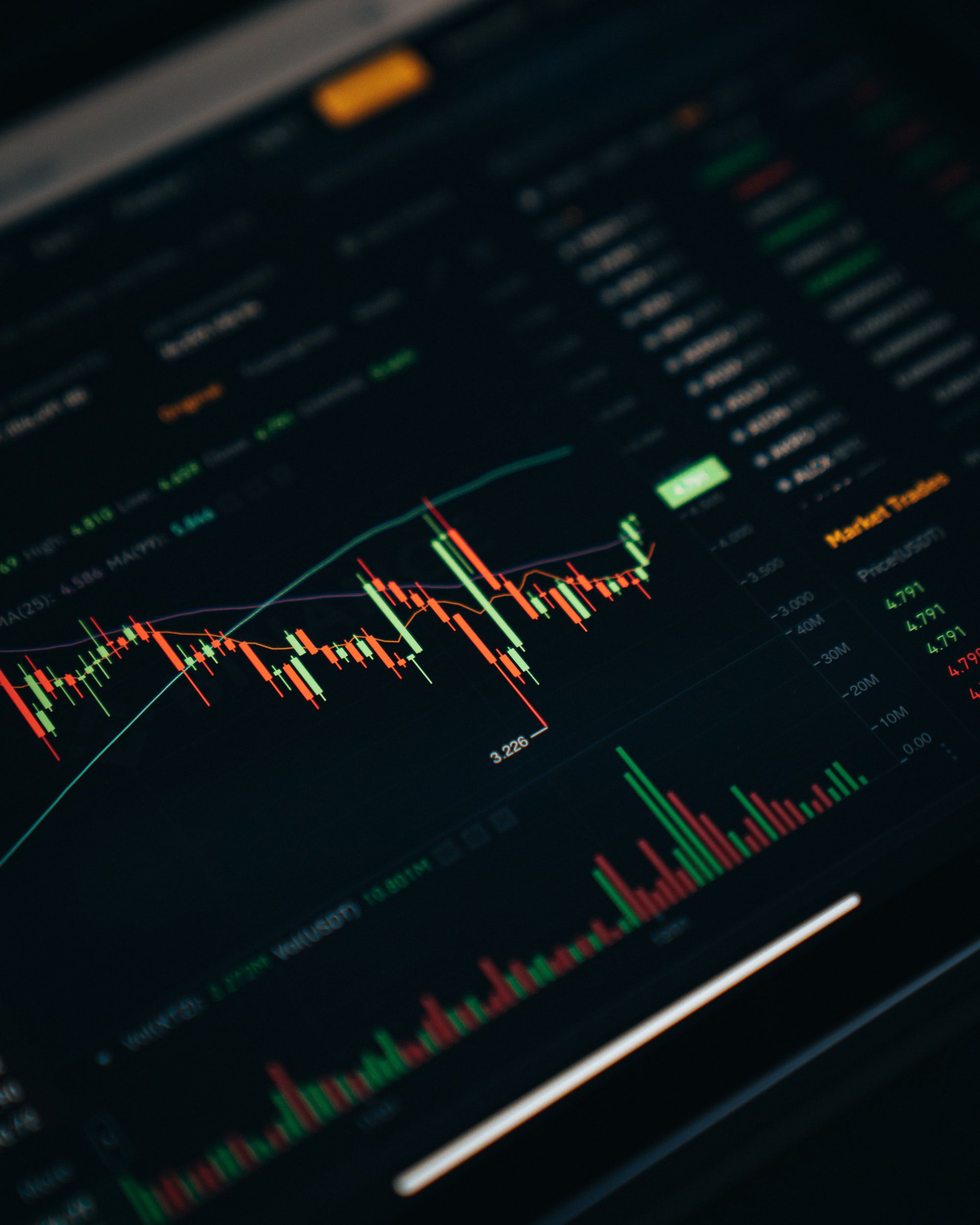Bitcoin Volatility Holds Steady as the VIX and MOVE Spike

The bitcoin (BTC) market is showing an uncanny resilience in the face of renewed investor anxiety on Wall Street.
Data from CryptoCompare shows the Bitcoin Volatility Index (BVIN), which measures the implied or expected volatility over the next 30 days, has remained flat of late near the lower end of its three-month range of 60 to 100. Implied volatility is often equated with the degree of uncertainty or anxiety in the market.
Meanwhile, the Chicago Board Options Exchange's CBOE Volatility Index (VIX) – commonly referred to as Wall Street's fear gauge – has jumped from 18 to 23 over the past three days, reaching a 2023 high.
Alongside, the MOVE index, which measures volatility in U.S. Treasuries, has jumped to a one-month high of 120, ending a four-month downtrend.
Bitcoin's lack of participation in global volatility repricing is reminiscent of the pre-March 2020 days when traditional investors took little interest in digital assets, leaving the crypto market in its own world. Bitcoin only evolved as a macro asset after the crash of March 2020, with BVIN typically closely tracking movements in VIX ever since.
"We attribute this correlation break to reflect a continued mainstream dis-interest in crypto products, as we return to the fringes of U.S. capital markets and chart our own narratives forward with hopefully more uncorrelated alpha," SignalPlus Ltd, a tech firm focused on democratizing crypto options, said in its daily market report.
Speaking of narratives, the most popular since late 2022 is that bitcoin will repeat history by rallying sharply in the months leading up to its fourth mining reward halving due sometime in March 2024. Reward halving refers to a programmed code that reduces the pace of bitcoin's supply expansion by 50% every four years.
"The conditions are ripe for a breakthrough in 2023 that could catalyze a new bull market," San Francisco crypto asset manager Bitwise wrote last month, taking note of the crypto's tendency to rally ahead of the halving. "We are excited by the growth of layer 2 solutions, the development of ZK-rollups and privacy solutions, and many other emergent capabilities of crypto," the team added.
As for the jump in volatility in traditional assets, these markets have turned nervous in response to rates traders – factoring in recent upbeat economic data – quickly reversing bets on potential easing by the Federal Reserve later this year.
Markets were previously certain the Fed would hike its benchmark fed funds rate just 25 basis points in March, but are now showing a 20% probability of a 50 basis point move. The yield on the two-year Treasury note has increased by more than 50 basis points to 4.64% in February. The dollar index, which tracks the greenback's value against major fiat currencies, has bounced from 102.00 to 104.00 as international money flows take advantage of higher yields.
"The risk of a 'break higher' in the economy with higher prices is a much bigger risk than recession concerns at this juncture," SignalPlus said. "Equities were on borrowed time against the move in rates and FX."








